
Time for a Nap
Make naptime easier with these tried and tested routines.
As you watch the video, keep in mind that as little ones grow and develop, naptime becomes an important part of the day for everyone (kids and grown-ups!) to recharge and regain energy. Babies and toddlers may get “wired” when tired, causing them to fuss when they’re put down for their nap.
Naptime routines help babies and toddlers know what to expect. First, make sure baby’s belly is full so she doesn’t wake up hungry mid-nap. Milk and formula (for babies), and low-fat cheese, whole-wheat crackers, and fruit (for toddlers) are all great options.
Let little ones know that naptime is approaching by singing a song or dimming the lights. Some lap time while reading a story together can help them wind down and relax. If an older sibling is at home during naptime, he can be included in the routine by reading together or helping fix a snack or change a diaper. Make sure the sleep space is free of blankets, bumper pads, toys, and pillows—they are not safe for children to sleep with.
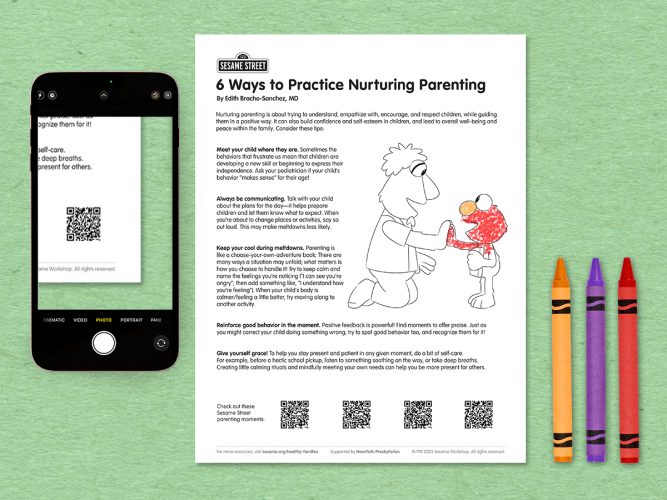
6 Ways to Practice Nurturing Parenting
Tips from a pediatrician on understanding, empathizing with, encouraging, and positively guiding children.

Toddler Tips: Meltdowns
Strategies for during and after a meltdown…and even some ways meltdowns might be avoided.
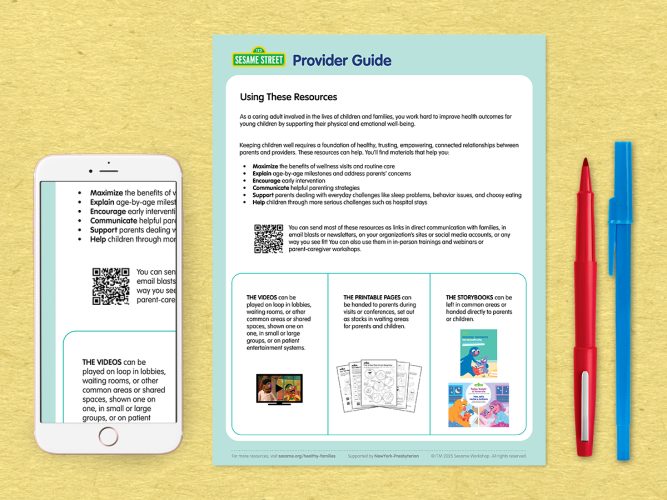
For Providers: Using These Resources
Print and refer to this page as you implement the materials in this initiative.
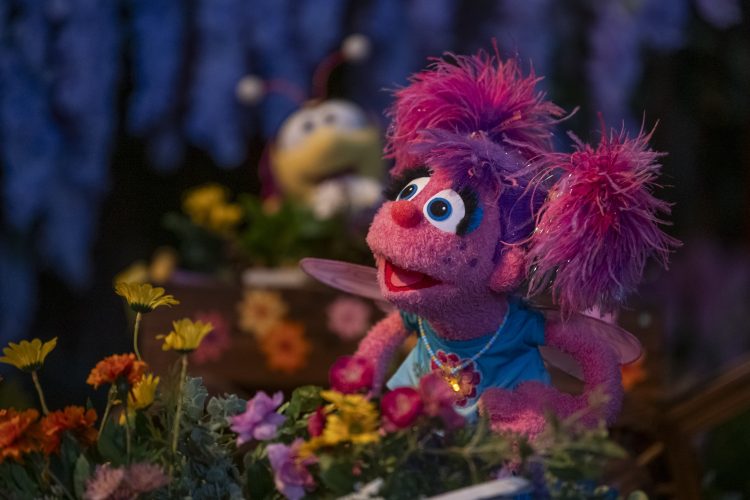
Watch and Play: Abby's Magical Beasties
Watch this episode and explore ways to extend the learning at home.
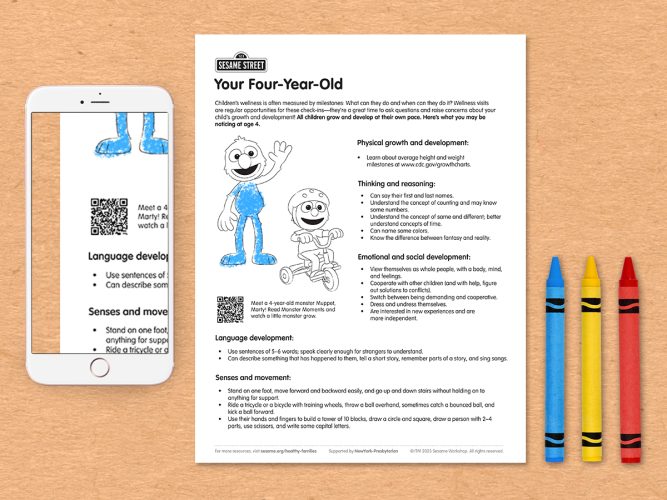
Milestones: Your Four-Year-Old
All children grow and develop at their own pace; use this chart to guide your expectations and observations so you can talk to your child’s pediatrician about questions or concerns.
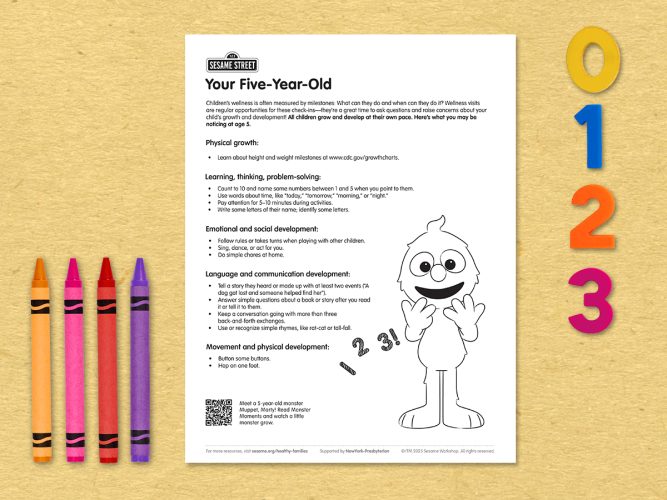
Milestones: Your Five-Year-Old
All children grow and develop at their own pace; use this chart to guide your expectations and observations so you can talk to your child’s pediatrician about questions or concerns.
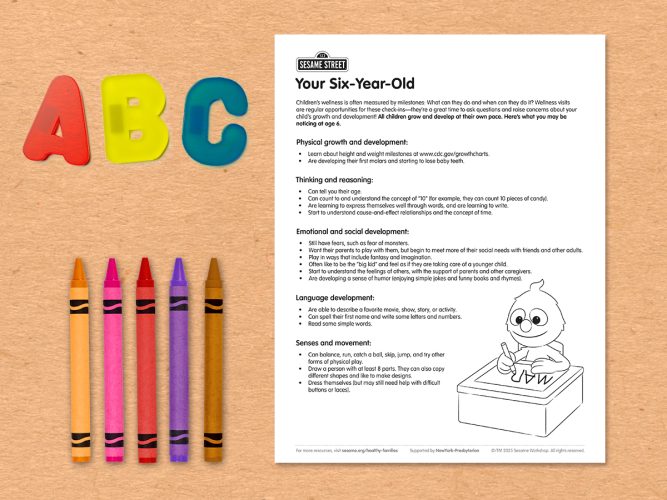
Milestones: Your Six-Year-Old
All children grow and develop at their own pace; use this chart to guide your expectations and observations so you can talk to your child’s pediatrician about questions or concerns.
